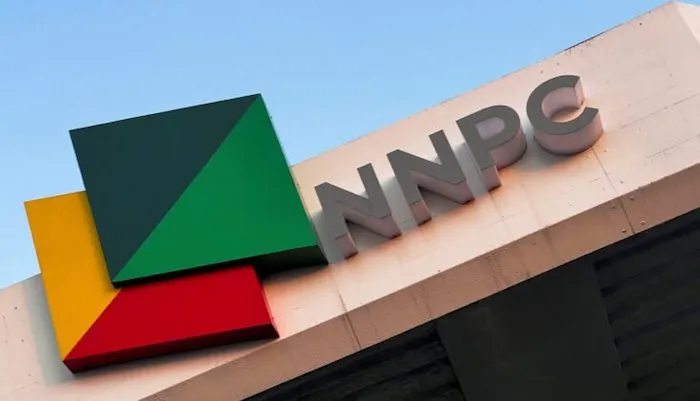Toyota Motor Corporation recently announced its financial results for the quarter ending September 2025. The company experienced a significant decline in profits. Analysts attribute this drop mainly to escalating US tariffs.
Quarterly Earnings Overview
Toyota reported a 27 percent drop in operating profit for the second quarter. This marks the second straight quarter of decline. The automaker posted an operating profit below market expectations.
Additionally, net profit for the April to September period fell by 7 percent year on year. However the company raised its full year revenue forecast to 49 trillion yen.
Impact of US Tariffs
US tariffs under President Trump hit Toyota hard. These measures targeted Japanese exports and increased costs. As a result, Toyota’s North American operations swung to a loss of 134 billion yen in the first half of the year.
Meanwhile the tariffs contributed to a broader impact on Japanese automakers, with losses totaling 1.5 trillion yen across major brands. Toyota suffered relatively less due to strong hybrid sales.
Strategic Adjustments and Future Outlook
Toyota executives expressed confidence in overcoming these hurdles. They plan to boost volumes and cut costs. Consequently the company upgraded its full-year operating income forecast to 3.4 trillion yen, despite falling short of some estimates.
Furthermore, robust demand in Japan and Asia supports this optimism. Yet experts warn that prolonged tariffs could strain profits further.
In conclusion, Toyota adapts to tariff pressures while eyeing recovery. The automaker focuses on innovation and market diversification. This approach aims to sustain growth in a volatile trade environment.


